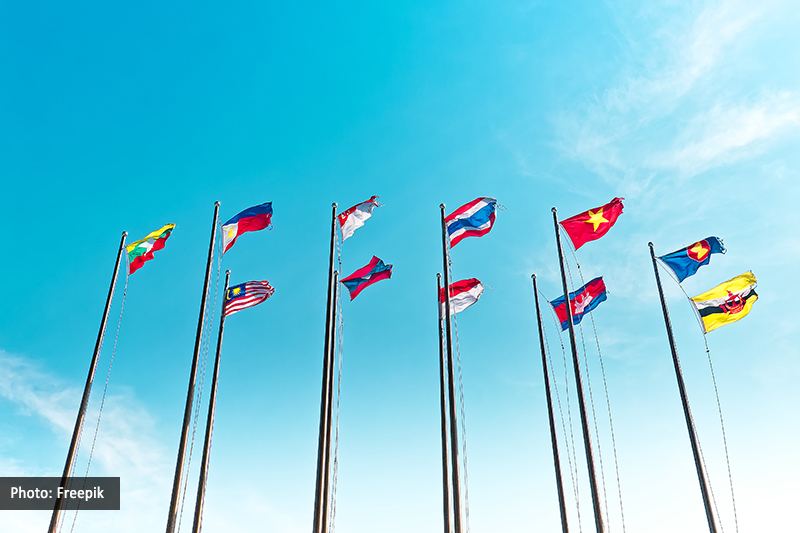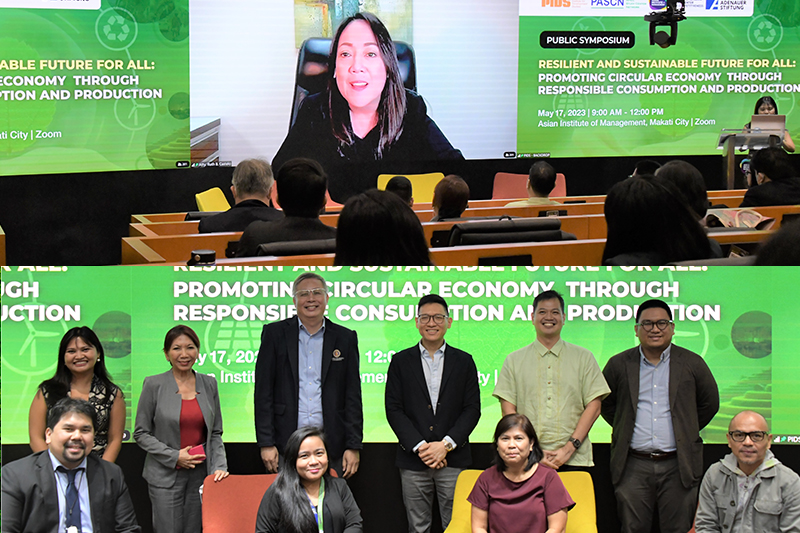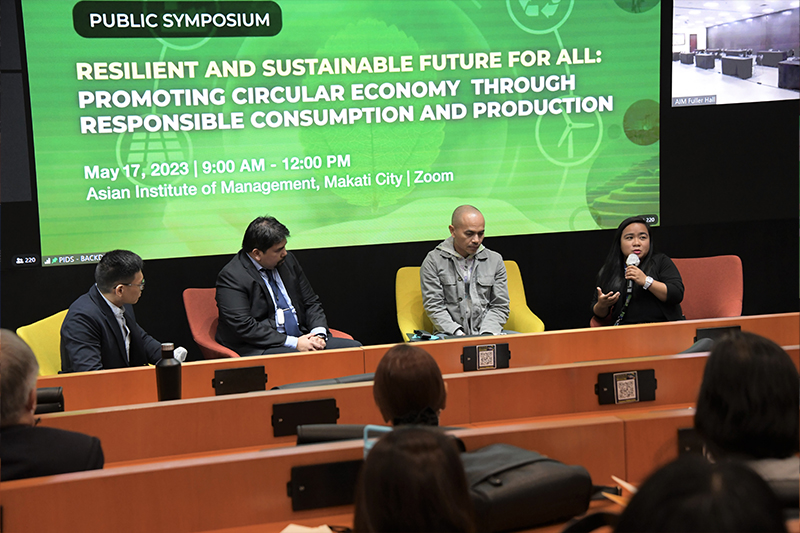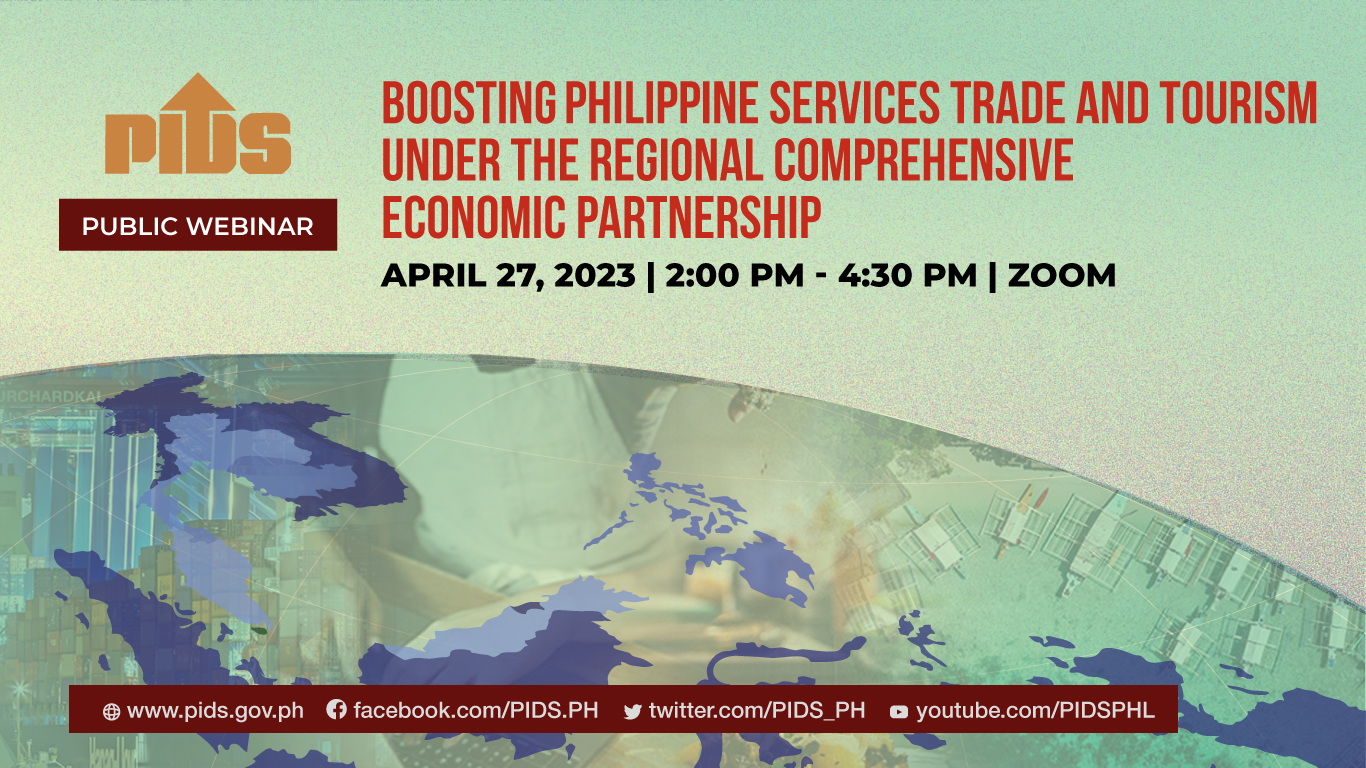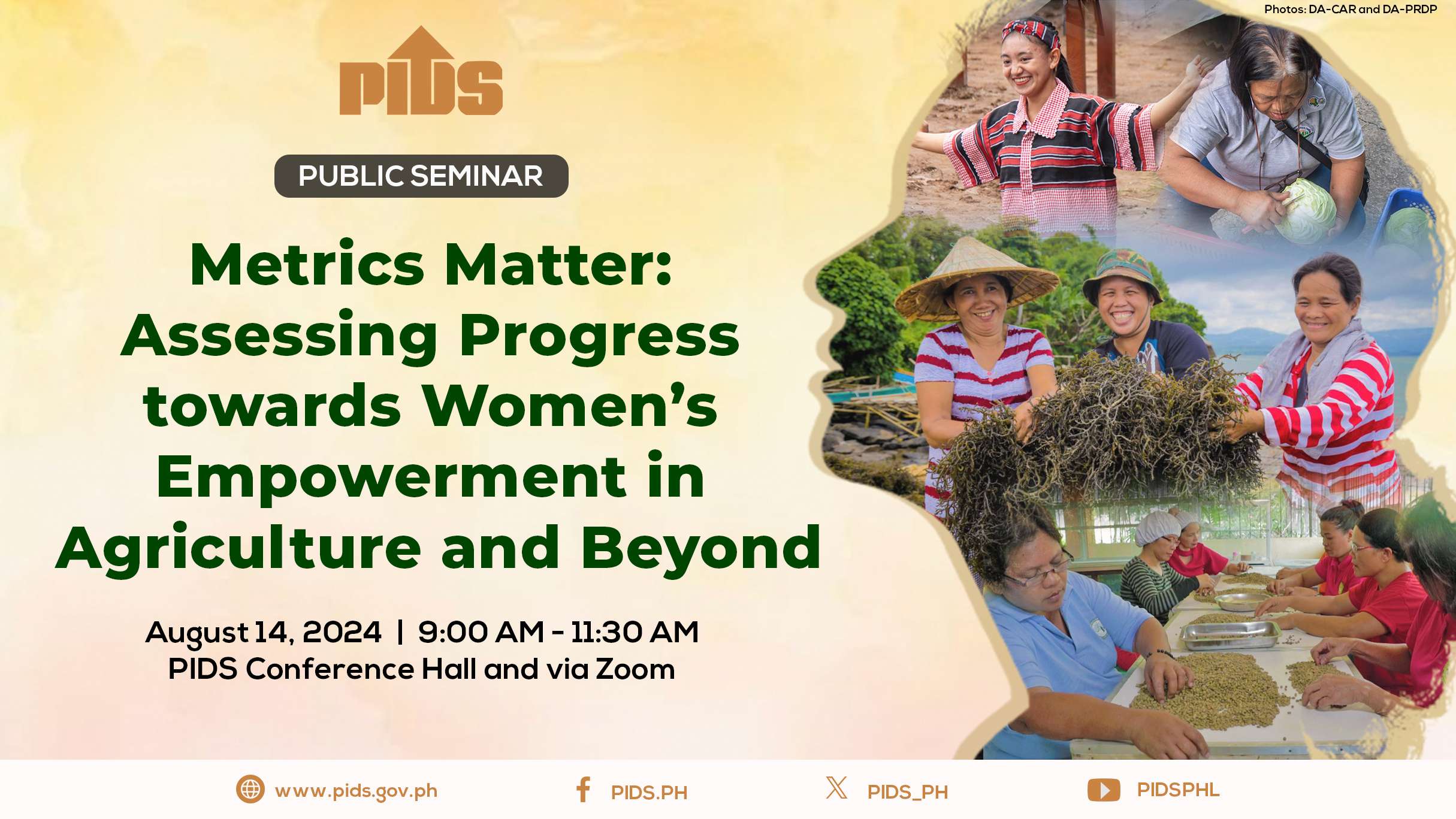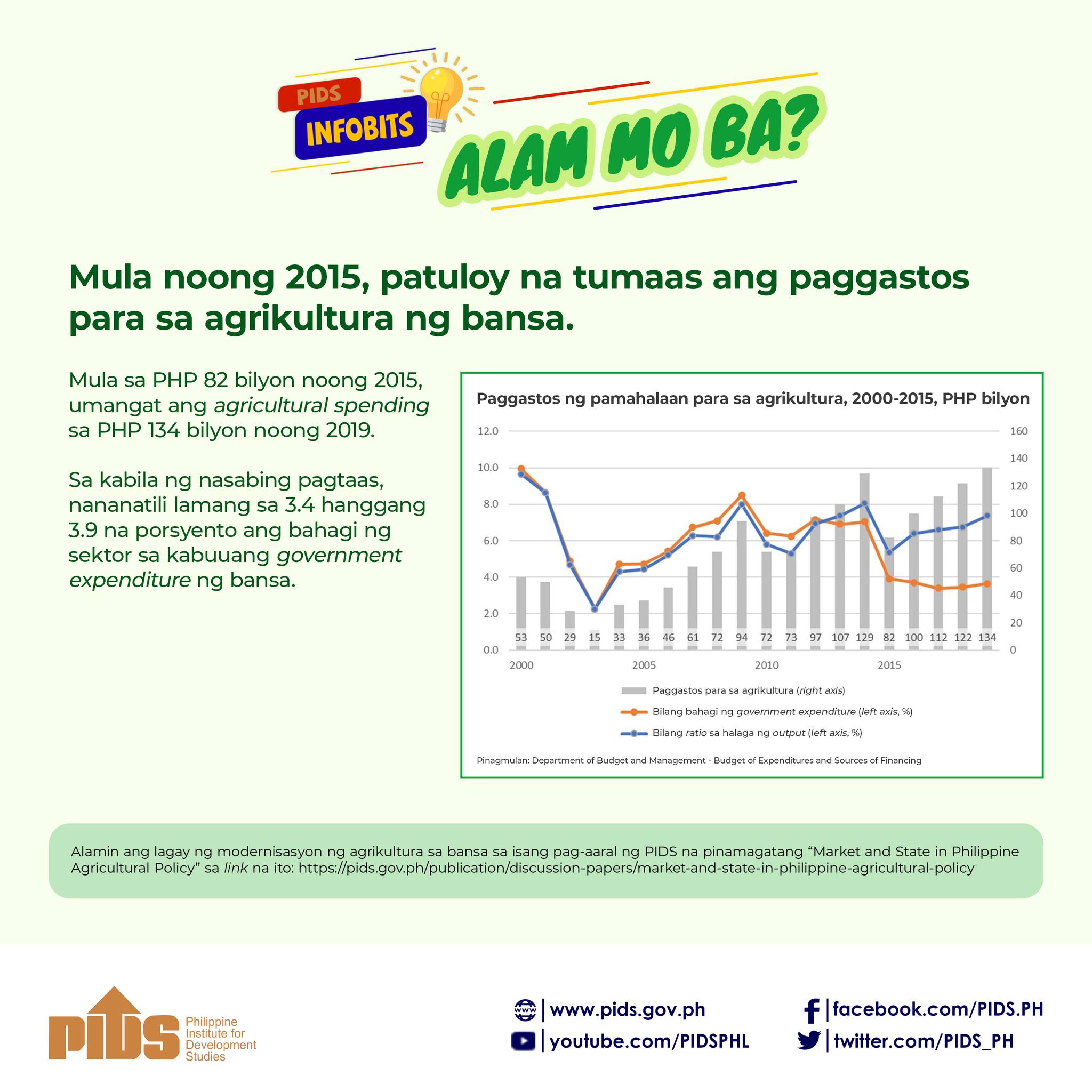Manila, Philippines – To further support its priority to seek ratification of the Regional Comprehensive Economic Partnership (RCEP) agreement the Department of Trade and Industry (DTI) clarified anew common misconceptions on RCEP as posed by some group of farmers.
According to Assistant Secretary Allan B. Gepty, it is not correct to say that agricultural products (Chapters 1-24 of AHTN 2012) will be further liberalized under RCEP because under existing free trade agreements of the Philippines (ASEAN+1 FTAs), most of the products have already been liberalized except for highly sensitive/sensitive products.
“In RCEP, basically, the Philippines has only offered 33 agricultural tariff lines for further liberalization or improvement specifically for Australia, New Zealand, China, and Korea compared to the existing ASEAN +1 FTAs. This is only equivalent to 1.9% of the total agricultural tariff lines. Out of these 33 agricultural tariff lines, 17 tariff lines are raw materials, 8 tariff lines are inputs, and only 8 tariff lines are final goods”, Gepty said.
Citing some examples, Asec. Gepty mentioned that in the case of Australia and New Zealand, the Philippines offered fish fillet, dried, salted or in brine but not smoked for further liberalization that is reducing tariff rates for these products from 5% in AANZFTA to 0% by Year 15 in RCEP. For frozen mackerel, tariff rate was reduced from 4% in AANZFTA to 3% in RCEP, and for celery it was reduced from 16% in AANZFTA to 15%, and for sausages from 32% in AANZFTA to 23% in RCEP.
In addition to the fact that only few agricultural tariff lines have been further liberalized in RCEP, appropriate trade remedies are also in place including WTO global safeguards and an RCEP Transitional Safeguard.
He explained, “[T]here may be cases wherein commitments made in the RCEP Agreement need to be adjusted or addressed due to exceptional circumstances that affect our economy and industries, as well as our farmers. For this reason, the RCEP agreement provides various mechanisms that serve as safety nets to address these circumstances. These are on top of the available remedies under the WTO agreements”.
The RCEP agreement also provides that should there be increased imports that threaten the local industry, trade remedies under the WTO agreements can still be availed of. In addition, there is also RCEP transitional safeguard to address the said scenario by allowing Parties to address injury or threat of injury to a domestic industry through suspension of further reduction of customs duties or increase customs duties following a surge in imports as a result of a Party’s commitments under RCEP. There are also Anti-Dumping and Countervailing Measures which reaffirms Parties’ rights obligations under relevant WTO agreements.
“In other words, more than protecting the country’s highly sensitive products by maintaining tariff protection, RCEP further provides appropriate safety nets. Thus, we really ask the agricultural sector to look at RCEP as a platform of more and bigger opportunities ranging from improved market access in the RCEP region, cheaper access to raw materials, wider cumulation area, trade facilitative measures, and even investments in smart agriculture and research and development”, Gepty added.
A study conducted by Dr. Caesar Cororaton, a Research Fellow at the Virginia Polytechnic Institute and State University (USA) and a Visiting Scholar at the De La Salle University (DLSU), noted that the RCEP is estimated to improve the country’s trade balance by as much as USD 128.2 Million, increase overall welfare by USD 541.2 Million, contribute to a 1.93% real GDP growth, and lower poverty incidence by 3.62% in 2030.
The said study also provides an insightful analysis on the significant gains of the Philippines from RCEP, not only in terms of trade and GDP, but also in the area of poverty reduction and overall welfare.
Another study by Dr. Francis Quimba of the Philippine Institute of Development Studies found that Philippine exports will increase by 10.47% if the Philippines joins RCEP. By contrast, economies that do not join RCEP will face a decline in exports, led by India, which is expected to see exports decline by 1.25%.
It must be emphasized that delaying participation or not joining at all will not result in the “status quo”. As pointed out in the previously mentioned studies, trade diversion effects will result in a less favorable position for Philippine exports as investments and opportunities are diverted to other RCEP countries.
“Our office is always open to discuss and explain the salient features of RCEP and address any and all issues and concerns about the agreement. We welcome all engagement with all sectors and hear from them their apprehension, if there is still any. We just have to remember that the Philippine economy is already well integrated into the global economy. The extent of integration is not just limited to agricultural sector. It includes services, investments, and even market. Not joining RCEP will send a wrong signal to our trading partners and investors, not to mention that the policy direction we want to convey would be inconsistent with the economic reforms that we have introduced”, Gepty emphasized.




